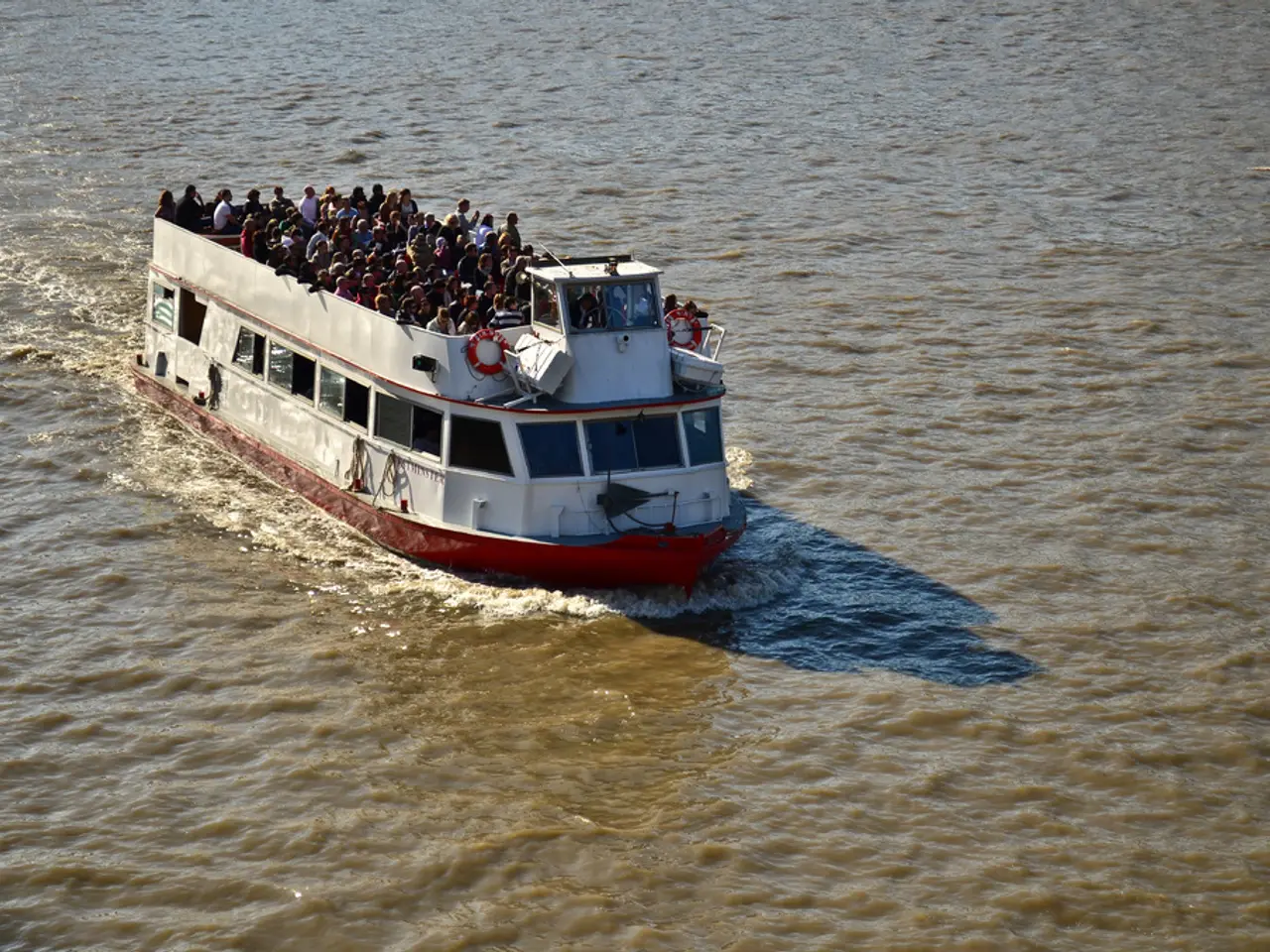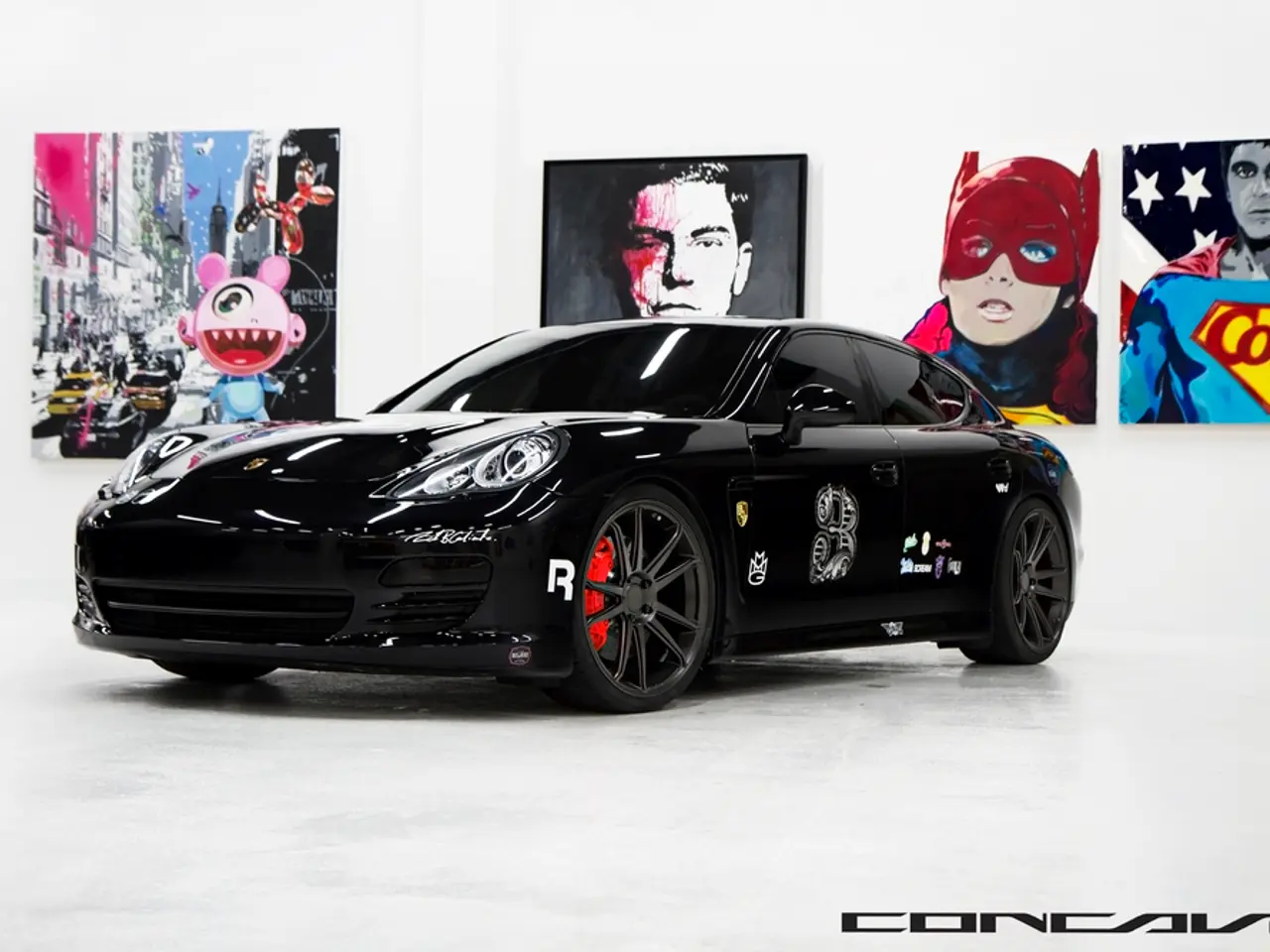Sailors are increasingly choosing multihull vessels over traditional monohulls
In the world of sailing, a shift is underway as more and more sailors are opting for catamarans for their ocean voyages. This trend is putting pressure on the global marina infrastructure, struggling to adapt to the exponential supply of these multihull boats.
For many buyers, the stability, space, and privacy offered by catamarans are winning out over practical and financial considerations. These vessels, with their twin hulls, provide a more relaxed and comfortable ocean voyaging experience, with less fatigue due to reduced motion and noisier operation. They are often preferred for family or group cruising because of their spaciousness and speed advantages.
However, sailors highlight that catamarans demand adjustment in seamanship skills, especially regarding handling and storm tactics, and have some performance trade-offs like slower upwind speeds.
The Outremer 52 Inez V is a prime example of a spacious and comfortable catamaran, offering a permanent view of the harbor, sea, or tropical anchorage. On the other hand, owners of multihulls need to factor in extra costs such as servicing and maintaining two engines, and marina fees can be expensive, ranging from €60 a night to €290, and in some cases, reaching superyacht prices based on beam.
Sailors who have switched from monohulls to catamarans for ocean voyaging generally report a list of pros and cons based on their experiences. The pros include greater stability, higher average speed, more spacious accommodation, fuel efficiency, and ideal access to shallow anchorages. The cons include more challenging maneuvering initially, less efficient upwind performance, potentially higher initial cost, different storm handling tactics, and potential extra costs for crew with practical skills.
Despite these challenges, the allure of catamarans is undeniable. Sailors like Richard Border and Alex Mathisen, who recently chose a catamaran for their new boat to cruise and live aboard after exiting Border's business in actuarial consulting, are testament to this. Petr Deuchner, a professional skipper, has completed two Atlantic crossings on an Fountaine Pajot Samana 59 catamaran and prefers them for comfort and safety.
However, the journey doesn't come without its logistical hurdles. Multihulls often face restricted yard and haul out facilities, with the investment needed for a big lift being massive. Shipping multihulls back from the Caribbean to the Mediterranean can be very expensive, with costs reaching $40,000, and finding a ship for transport can take years.
Despite these challenges, the popularity of catamarans continues to grow. The ARC transatlantic rally, held in 2024, had over a third of its boats being multihulls, reflecting their increasing popularity. Sailors like Mike Broughton, a professional navigator and racing sailor, are about to go transatlantic with a charter group in a McConaghy MC75 catamaran.
In conclusion, the switch to catamarans is often favored for comfort and speed improvements but comes with new challenges in boat handling and specific sailing circumstances, making them attractive but requiring proper preparation for safe ocean voyaging.
- The appeal of catamarans is so significant that even professionals like Richard Border and Alex Mathisen, who recently left their actuarial consulting business, are choosing them for comfortable cruising and living.
- The rising popularity of catamarans is evident not only among average sailors but also in organized events such as the ARC transatlantic rally, where over a third of its boats were multihulls in the upcoming event.







